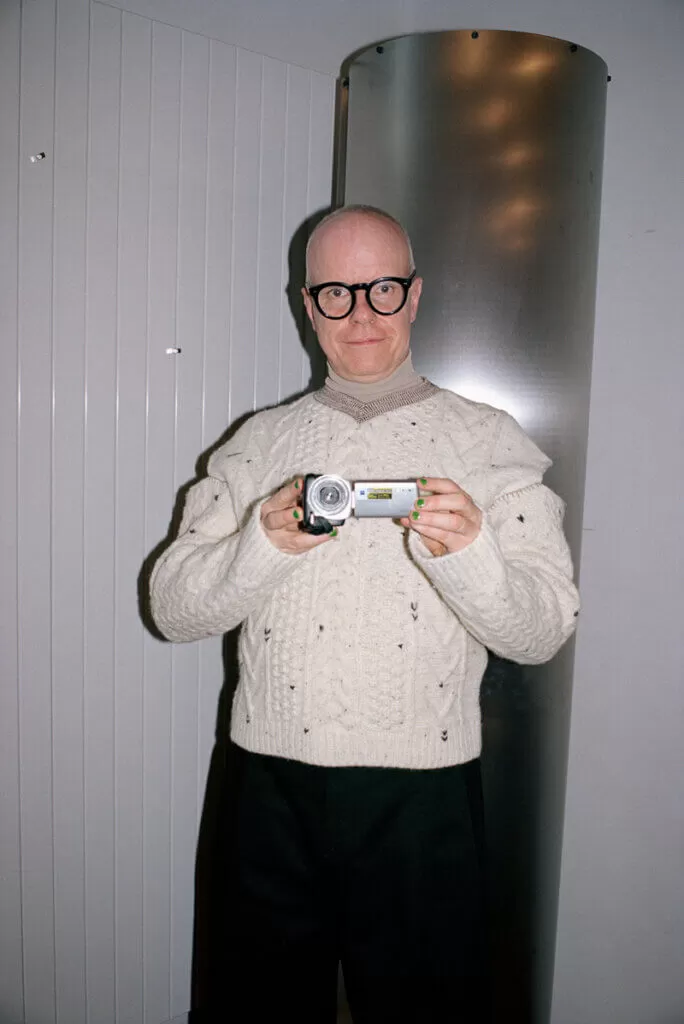Rirkrit Tiravanija: We Don’t Recognise What We Don’t See
Curated By Hans Ulrich Obrist
8th April 2023 until 4th June 2023
STPI
41 Robertson Quay
Singapore 238236
STPI Creative Workshop & Gallery is pleased to present We don’t recognise what we don’t see, a solo exhibition by internationally acclaimed artist Rirkrit Tiravanija, curated by Hans Ulrich Obrist, renowned artistic director of the Serpentine Galleries in London. Marking a year-long celebration of its 21st Anniversary, this latest show amplifies STPI’s core values of collaboration and innovation, bringing to the fore a renewed focus on the diverse creative exchanges that take place between artists, curators, and the Workshop’s expert team.

Image courtesy of STPI – Creative Workshop & Gallery, Singapore.
Running from 8 April to 4 June 2023, the exhibition consists of 40 artworks in a compelling new series that explores themes of extinction, humankind’s destruction of the natural world, and our impending demise as a civilisation. Titled We don’t recognise what we don’t see, the show is a visceral experience provocatively designed to engage the mind and senses, conceived from works created during Tiravanija’s third residency with STPI (over a period from 2019 to 2023).
As the starting point of Tiravanija’s Extinction series, he appropriates paintings by the Old Masters to comment on how the Enlightenment exacerbated the nature-culture divide, with a thirst for science and knowledge reducing the agency and regard for non-human lifeforms in the natural ecology.
He disrupts the narrative of these artworks by removing all traces of living creatures and screenprinted extinct or quasi-extinct animals with solar dust ink in their stead, visible only when ultraviolet light is shined on the artwork’s surface. In doing so, Tiravanija spotlights the disappearance of these animals, and how such historical reverberations and ways of seeing may have contributed to our “blindness” and disregard towards the extinction crisis.

In Tombstones, 20 tombstones for 20 extinct animals are engraved aluminum plates and arranged in a graveyard, monuments to what once lived but has ceased to exist. In the words if curator Hans Ulrich Obrist, the graveyard is also an “anti-extinction” work, as it encourages the audience to create a frottage with the “tombstones” as the base. As the audience repeatedly imprints an image of the animals, they assume a vital role in the existence and circulation of the artworks.

Through this, Tiravanija memorialises and conjures up the past lives of these animals, their disappearance in contemporary times, and speculates on what else may disappear down the road, with the (ghostly) appearance of these animals as harbingers of a dystopian future.
The exhibition’s titular work We Don’t Recognize What We Don’t See commemorates the relationship between the orangutan mother and child — a bond that is widely associated with the orangutan. Instead of representing them alive, Tiravanija used skulls for the mother and child instead, playing with the motif of memento mori. This sobering reminder of mortality is only visible via ultraviolet light, as he thoughtfully invites the audience to acknowledge the silent and invisible threat of extinction plaguing living creatures all around the world, as well as to reckon with humankind’s own possible extinction.

Born from a meditation on the value and treatment of other lifeforms, Tiravanija concluded that humankind’s inconsequential regard for animals and our natural world stem from mankind’s hubris, blinding us to the devastating consequences of the cumulative destruction around us.
The enduring collaboration with the STPI Creative Workshop team is evident in his ceaseless exploration of materials and techniques throughout his residencies, buoyed by the first in 2013, and the second in 2015 with Anri Sala, Tobias Rehberger, and Carsten Höller. From 3D printing to the use of thermochromic ink (a heat-sensitive ink), the artist displays a keen awareness and playful sensitivity in creating a conceptually and technically cohesive body of work.
https://www.instagram.com/stpi_gallery/
©2023 STPI, Rirkrit Tiravanija, Hans Ulrich Obrist






